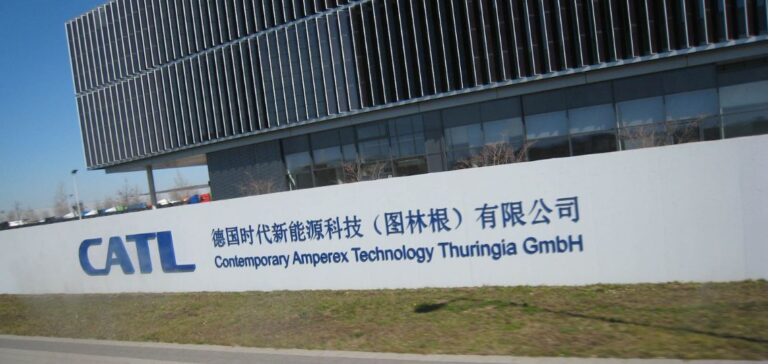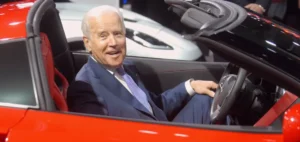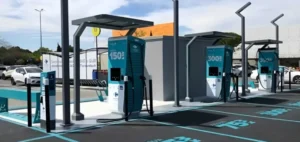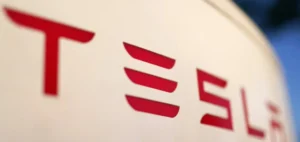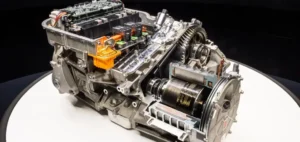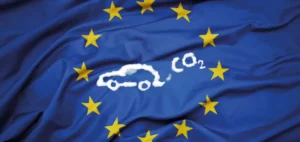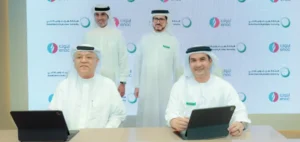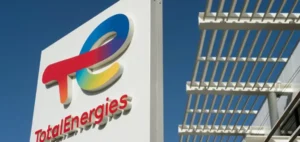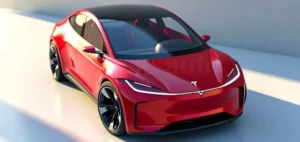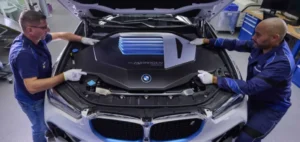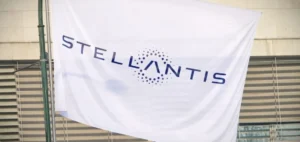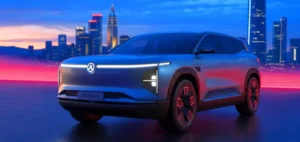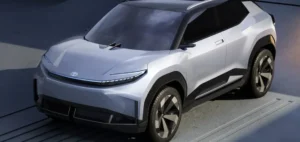Stellantis, a renowned car manufacturer, and CATL (Contemporary Amperex Technology Co. Limited), a global leader in batteries, announced a joint investment of €4.1 billion to establish a lithium iron phosphate (LFP) battery plant in Europe. This facility will be located in Zaragoza, Spain, aiming for carbon-neutral production to support Europe’s climate ambitions.
The construction of the plant will proceed in several phases. Production is expected to begin by the end of 2026, potentially reaching a maximum capacity of 50 gigawatt-hours (GWh), depending on the evolution of the European electricity market and support from Spanish and European authorities. This initiative is a crucial step in Stellantis’ “Dare Forward 2030” strategy, aimed at making electric vehicles more accessible through advanced technologies.
A Strategic Partnership for Innovation
In November 2023, Stellantis and CATL signed a memorandum of understanding to ensure local supply of LFP battery cells and modules for electric vehicle production in Europe. This partnership is built on two strategic pillars: creating a bold technological roadmap for battery electric vehicles (BEV) and strengthening the battery value chain.
John Elkann, chairman of Stellantis, stated: “This innovative partnership with CATL illustrates our commitment to a decarbonized future. By combining our expertise, we will create a battery production plant that embodies a sustainable 360-degree model.”
Strengthening the Energy Transition
CATL, already active in Europe with plants in Germany and Hungary, will bring its technological expertise to this project. The new facility in Spain will complement its existing capabilities, supporting European customers’ climate goals and advancing the transition to electric mobility.
According to Robin Zeng, chairman and CEO of CATL, this project represents an innovative collaboration that will democratize zero-emission technologies while supporting global decarbonization ambitions.
Dual Technology and Sustainability
Stellantis is adopting a dual-chemistry strategy, combining lithium-ion nickel manganese cobalt (NMC) and lithium iron phosphate (LFP) to meet diverse consumer needs. These technologies will enable Stellantis to offer affordable and efficient electric vehicles in the compact car and SUV segments.
With the ambitious goal of achieving carbon neutrality by 2038, Stellantis continues to implement low-percentage emission offset initiatives while leveraging innovations to reduce its ecological footprint.


